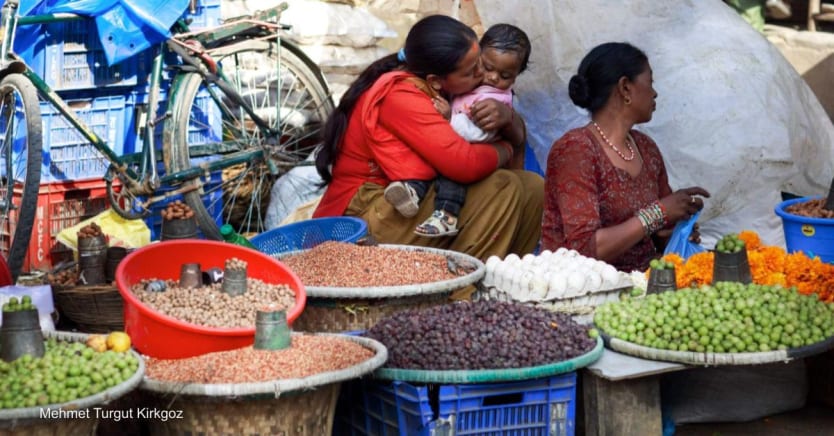
A new accounting of commitments made in the 2021 “Year of Action” for nutrition show there is a “worrying” absence of attention to food and nutrition security, as well as poor diets, obesity, and noncommunicable diseases.
The 2022 Global Nutrition Report examines the status of commitments made by governments, multilateral institutions, the private sector, and civil society as a part of an effort to galvanize greater action to improve global nutrition. Accountability of such pledges has historically been challenging, so the Global Nutrition Report launched the Nutrition Accountability Framework last year to provide a better understanding of whether announcements actually translate into action. It was the world’s first mechanism for tracking nutrition commitments.
Mariachiara Di Cesare, professor of population studies and global health at the University of Essex and a member of the independent expert group that authored the Global Nutrition Report, said that while the large number of registered commitments is a huge accomplishment, much remains to be done.
“We really need to scale up what we are doing in terms of closing the financing gap required to end malnutrition,” Di Cesare said. “We really need to think how commitments from different stakeholders can be sustainable, how we can be more inclusive in the type of commitment we are [making], and also how we can diversify in the type of funding that we are committing for fighting malnutrition.”
The Nutrition Accountability Framework registered 198 stakeholders making 433 commitments, broken down into 897 goals. Measurement against those goals is how progress will be assessed. A record $42.6 billion was pledged at the Nutrition for Growth summit in Tokyo, with 14 donors — a mix of governments and organizations — pledging $26.3 billion, and governments pledging $13.3 billion for domestic action. International organizations pledged $2.4 billion, while civil society pledged $567 million, and the private sector just $54 million.
Just 1.6% of commitments focused on food and nutrition security, while just 2.6% of all commitments were focused on obesity and diet-related noncommunicable diseases — despite the fact that an estimated 40% of all adults and 20% of all children are overweight or obese.
“Diet-related noncommunicable diseases is not a problem of [only] high-income countries,” Di Cesare said, noting that incidence in low-income countries is actually higher. “We need international organizations to start ensuring this global engagement towards actions that are aimed at diet-related noncommunicable diseases.”
Commitments in the Nutrition Accountability Framework are “SMART”: specific, measurable, achievable, relevant, and time-bound. The 2021 GNR, which examined commitments made at past Nutrition for Growth Summits, found that only 29% of them matched SMART criteria. This year’s report found that the last N4G Summit, held in December 2021, garnered nearly double the number of goals as the two previous summits combined.
Having a standard way to measure commitments is vital to ensure accountability, Di Cesare said.
“This has been a major effort — standardized the process in which different stakeholders are submitting commitments and standardized the way in which we are monitoring and looking after those commitments and the progress of those commitments,” Di Cesare said.
While the 2022 GNR examines commitments made before Russia’s invasion of Ukraine, the food price crisis of the last year demonstrates the urgency of food systems reform, she said.
“COVID and war in Ukraine really have shown us that we need to create a system that is built on resilience and we need to be prepared … for crisis, prepared for changes in relation to world events that are out of our control,” Di Cesare said.









